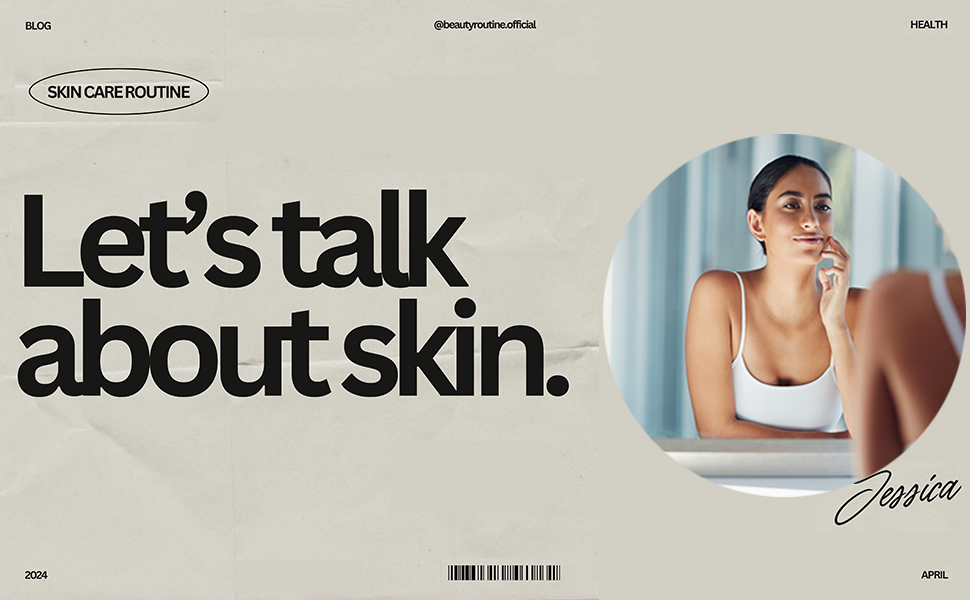How to Take Care of Acne: A Comprehensive Guide
Acne is a common skin condition that affects millions of people worldwide. While it can be frustrating and even painful, the good news is that with the right care and treatment, you can manage and reduce breakouts effectively. This guide will walk you through essential steps to take care of acne, helping you achieve clearer, healthier skin.
1. Understand Your Acne Type
Before diving into treatment, it's crucial to understand the type of acne you're dealing with. Acne can vary from mild to severe and includes:
- Whiteheads and Blackheads: Clogged pores that either stay closed (whiteheads) or open (blackheads).
- Papules and Pustules: Inflammatory acne that appears as small red or white bumps.
- Nodules and Cysts: Deep, painful lumps that can cause scarring if not treated properly.
Identifying your acne type will help you choose the most effective treatment.
2. Develop a Consistent Skincare Routine
Consistency is key when it comes to managing acne. A daily skincare routine should include:
- Gentle Cleansing: Use a mild cleanser twice a day to remove dirt, oil, and makeup. Avoid harsh scrubbing, which can irritate the skin and worsen acne.
- Exfoliation: Incorporate a gentle exfoliant 2-3 times a week to remove dead skin cells and prevent clogged pores. Look for products containing salicylic acid or glycolic acid.
- Moisturizing: Even oily skin needs moisture. Choose a non-comedogenic, oil-free moisturizer to keep your skin hydrated without clogging pores.
- Sun Protection: Always apply a broad-spectrum sunscreen with at least SPF 30. Some acne treatments can make your skin more sensitive to the sun, increasing the risk of damage.
3. Use Targeted Treatments
In addition to your basic skincare routine, targeted treatments can help reduce acne:
- Over-the-Counter Options: Products containing benzoyl peroxide, salicylic acid, or retinoids can be effective for mild to moderate acne. These ingredients help reduce inflammation, unclog pores, and promote cell turnover.
- Prescription Medications: For more severe acne, consult a dermatologist who may prescribe topical or oral medications like antibiotics, retinoids, or hormonal treatments.
- Spot Treatments: Apply a spot treatment directly to blemishes to reduce redness and speed up healing.
4. Adopt a Healthy Diet and Lifestyle
Your diet and lifestyle play a significant role in the health of your skin. Consider the following:
- Balanced Diet: Eat a diet rich in fruits, vegetables, whole grains, and lean proteins. Avoid high-sugar and high-dairy foods, which some studies suggest may trigger breakouts.
- Stay Hydrated: Drinking plenty of water helps keep your skin hydrated and can flush out toxins.
- Manage Stress: Stress can trigger acne flare-ups. Incorporate stress-reducing activities like exercise, meditation, or yoga into your daily routine.
- Get Enough Sleep: Aim for 7-9 hours of sleep per night to allow your skin to repair and regenerate.
5. Avoid Common Acne Mistakes
To effectively manage acne, avoid these common pitfalls:
- Popping Pimples: As tempting as it may be, popping pimples can lead to scarring and further infection.
- Overusing Products: Using too many acne products at once can irritate your skin and make acne worse. Stick to a simple, consistent routine.
- Skipping Moisturizer: Even oily skin needs moisture. Skipping this step can lead to more oil production and clogged pores.
6. Know When to Seek Professional Help
If your acne is severe, persistent, or causing emotional distress, it's important to seek help from a dermatologist. They can provide personalized treatment options and help prevent long-term scarring.
Conclusion
Taking care of acne requires patience and consistency, but with the right approach, you can achieve clearer, healthier skin. Understand your acne type, follow a consistent skincare routine, use targeted treatments, adopt a healthy lifestyle, and avoid common mistakes. If needed, don’t hesitate to seek professional help. With time and the right care, you can manage acne effectively and boost your confidence.



